INTRODUCTION
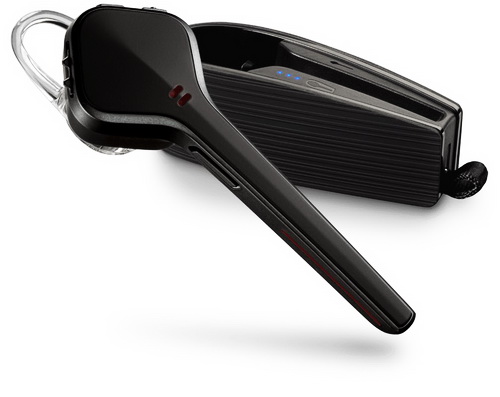
If you drive your car a lot and you need to answer calls then you have two "legal" choices as we speak so you can either use a car speakerphone or a hands-free earset/headset. Car speakerphones however are not all equal so on one hand you have the cost-effective portable models which you can move around with you and offer good bidirectional audio and the more advanced and expensive speakerphone kits which require to be hardwired to your cars stereo system. Both are valid solutions but aside the fact that both have different target groups they have but one common drawback, you can't use them at all times. This is where hands-free earsets/headsets take the lead since you can use them at all times and are much easier/faster to configure and use than their larger counterparts. Now it's been a while since i last came across a hands-free Bluetooth wireless earset worth of my time but Plantronics never lets me down so roughly two years after they released the excellent Voyager Legend model we have with us the brand new Voyager Edge Bluetooth Headset.
From the day two airline pilots working in a garage set out to invent a new kind of aviation headset until today, we have considered breakthroughs in audio technology as our daily business. We pioneered the lightweight headset, the mobile headset, noise-canceling technology and the personal speakerphone, always driven by a single obsession: remove the barriers to simply smarter communications. The result? Our products are used by everyone from pilots, astronauts, and 911 emergency workers to 100% of the Fortune 100. From friends conversing across the globe, to mobile professionals doing business on the road, to contact centers and executive offices, Plantronics is the choice for everyone united by digital technology and the human need to communicate. Plantronics is a publicly held company (NYSE: PLT) headquartered in Santa Cruz, California with offices in 20 countries, including major facilities in China, England, Mexico, and the Netherlands. Our products are sold and supported through a worldwide network of Plantronics partners, including resellers, systems integrators, retailers and mobile carriers. And a half a century later, we are striving every day to deliver simply smarter communications with innovative design and technology.
The Voyager Edge is the latest addition in the Voyager line of Bluetooth headsets by Plantronics and that along says a lot not only because this line is considered as the top in the market by consumers but also because people such as me have only the best things to say after using each model of this line. Specs-wise the Voyager Edge is certainly a step forward compared to its predecessor the Voyager Legend (not really a predecessor since the Voyager Edge is the successor of the award winning Discovery 975SE ) since it supports Bluetooth v4.0 (Advanced Audio Distribution Profile (A2DP), Wideband Hands-free (HFP) Profile 1.6 and Headset (HSP), Profile 1.2, and Enhanced Data Rate (EDR)), NFC (Near Field Communication), features Plantronics latest P2i nano-coating (moisture repellant), it weighs half what the Legend does, is available in 3 different colors (tiny detail but to some people it could matter) and is bundled with a charging case (the basic version of the Legend didn't). As for other features well both the Legend and the Edge feature triple microphones with DSP, multipoint technology (connect with up to 2 devices simultaneously), dual capacitive sensors, voice commands and alerts, automatic volume adjusting and wideband audio (if the connected device supports it). The lithium-ion polymer rechargeable battery of the Voyager Edge has a talk time of up to 6 hours which skyrockets to 16 hours with the help of the bundled case. So is the Voyager Edge the next best Bluetooth headset by Plantronics? Let's find out.
SPECIFICATIONS AND FEATURES

PACKAGING AND CONTENTS
The box of the Voyager Edge has a large product image at the center and its main features listed right beneath.
Some of the features are printed on the left side of the box while on the right we see the bundle contents.
The main features listed at the front are also listed at the rear in 10 languages right next to the specifications table.
On a small sticker at the base of the box you can see the color of the headset in the box, its part number, serial number and factory rollout date.
The front of the box opens to reveal both the Voyager Edge and that it was designed in Santa Cruz, California.
With the Voyager Edge Bluetooth headset you will also get a charging case, car lighter charger, micro USB cable, silicone eartips, clip-on earloop, get started guide, warranty information and a piece of paper explaining the proper use of the charging case.
THE VOYAGER EDGE
The Voyager Edge features a nice rubber coating and is actually one of the lightest Bluetooth headsets I’ve ever used weighing just 8g.
Here you can see the rather large difference in size between the Voyager Legend and the Voyager Edge.
Plantronics has once again used three noise-cancelling microphones which are placed at the front top and bottom (red line).
The button placed right next to the microphone area can be used to mute the headset, play/pause music playback and prepare the headset for voice commands.
The exterior of the headset is the answer/end calls button and right next to it we see two holes behind which should be one of the audio sensors (or one of the three microphones).
As you can see the on/off switch is placed at the top/bottom of the device (since you can wear it on both ears as is there's really no top and bottom).
The microUSB charging port and the volume control buttons are placed on the opposite side (the on/off LED is placed right next to them).
The company name and the charging case port are placed on the interior of the boom microphone.
As you can see the charging case of the Legend Edge is quite compact and weighs just 47g (with the headset inside).
Here we have placed the Voyager Legend UC and its charging case (82g in total and 79g without the UC adapter) right next to the Legend Edge and its charging case. As you can see the charging case of the Voyager Legend provides protection from dust although i can't deny that the Legend Edge and its charging case look better.
USING THE VOYAGER EDGE
As always the first thing we did (and you should do too) was to head over to the official Plantronics support page to download the latest version of their MyHeadsetUpdater software.


To do so you will need to choose the Bluetooth headset model you want to update as seen above and proceed with the download of the file.
Once you do and the software launches it will detect the Voyager Edge (needless say it must be plugged into your PC/MAC) and display the current FW version, battery life and serial number.


Although Plantronics informs you that downloading and installing the latest firmware might take up to 20 minutes in our case it took only around 5.



From within the same software you can also change several settings as seen above (especially the wideband setting is quite important if your connected device supports that feature).


Plantronics has an application called Hub available for Android and iOS devices. From here you can check the current battery life and change most of the settings we saw earlier.
The Plantronics Hub also has a nice drawing of the Voyager Edge which showcases all of its buttons and LEDs.
CONCLUSION

To date the Voyager Legend UC has been the only hands-free earset that has been with me for almost 2 years so naturally to me if the new Voyager Edge has to surpass any hands-free model in the market to prove its worth it's this one. However after using the Edge for almost 2 months on a daily basis right next to the Legend i don't think it does since it produces slightly less powerful volume levels and can't even compare to the Legend in terms of stability while walking and/or running. Sure the Legend is twice as heavy (18g vs 9g) compared to the Edge so some people may not really like that but in the end the Legend is much more reliable while on foot. Range is identical to both headsets so both can transmit at a distance of 10m even with two concrete walls in between (although static starts to make its appearance then) although i have to say that i was expecting more from the Edge since it supports Bluetooth v4.0 as opposed to the Legend which supports the previous v3.0 version. Battery life is another area where the Legend comes ontop since it offered 30 minutes over the 5 and 1/2 of the Edge with Wideband mode enabled and although thanks to the charging case you should have roughly 10 hours of talk time extra (according to Plantronics) the charging case of the Legend (UC version or case version) offers up to 14 hours extra (again according to Plantronics). Of course if we take into account the difference in size and weight the Edge does extremely well but i think that most people will just look at the end result. Audio quality is pretty much identical between these two headsets on both ends so you can expect crystal clear mids/highs for both you and the person on the other end whichever of these two headsets you decide to get. The Edge is also much more suitable for people who don't want to draw too much attention since it's smaller and easier/faster to place and remove to and from your ear. Bottom line although these two headsets share much of the same technology by Plantronics i really think they have entirely different target audiences.
As we speak the Plantronics Voyager Edge Bluetooth Headset retails for USD95 inside the USA (Amazon.com) and for 95Euros inside the EU (Amazon.co.uk) so it doesn't really come cheap. However although it may not come cheap it's actually cheaper compared to the Voyager Legend (charging case edition) since it costs roughly 20% less. On the other hand you can get the standalone version of the Voyager Legend for roughly 30% less compared to what the Voyager Edge costs so if you think that the charging case is not useful to you and you don't care about the rather bulk design of the Voyager Legend then by all means go for it. On the other hand if you do care about the charging case and if you want a small Bluetooth headset or if you want another color than black (the Voyager Legend is only available in black) then the Voyager Edge is really a great choice and since it scores very good across the board it gets our Golden Award.
 PROS
PROS
- Build Quality
- Design (Overall)
- Size/Weight (9g)
- Audio Quality (Both Ends)
- Tri-Mics With Noise Canceling Technology
- Caller Announce/Voice Commands
- Battery Life (Up To 5+ Hours Of Continuous Use)
- Bluetooth 4.0 (A2DP/AVRCHP/HFP/HSP/EDR)
- Charging Case (Offers Up To 8+ Hours Of Use)
- Compact Charging Base
- P2i nano-coating
- NFC Compatible
- Available In 3 Colors
- Available Apps (Plantronics Hub/Find My Headset)
CONS
- Price (For Some)
- Volume Levels (For Some)
- Grip While On Foot

 O-Sense
O-Sense












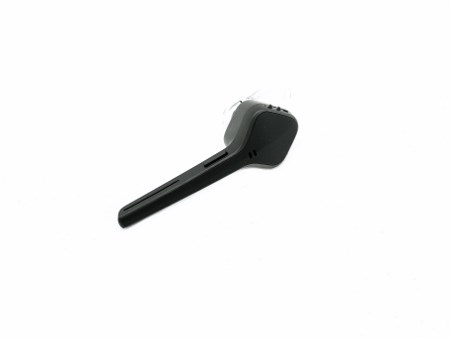
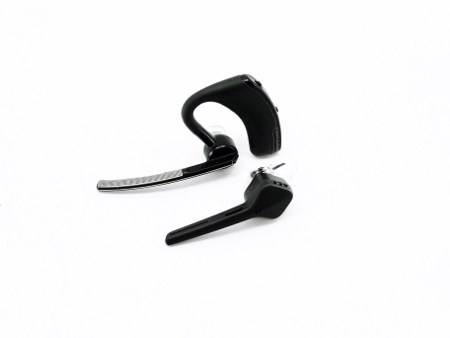
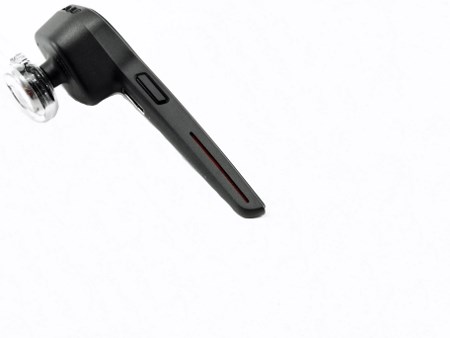
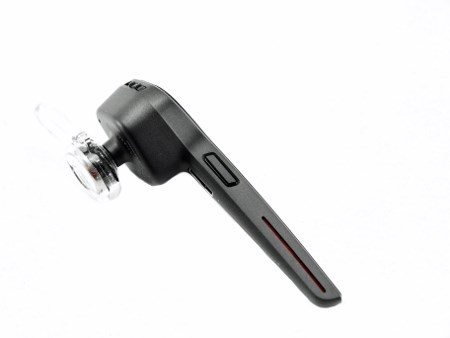
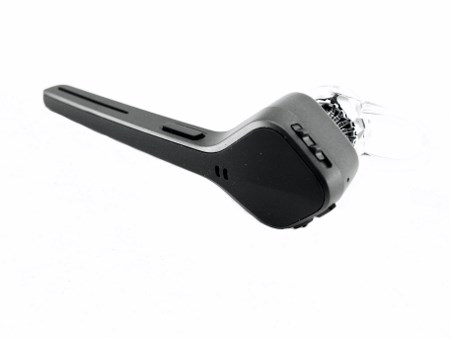
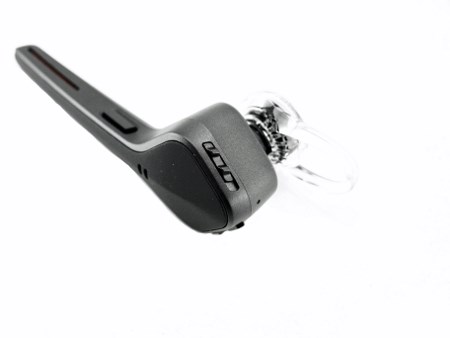
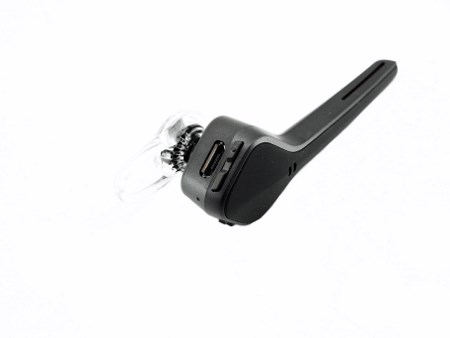
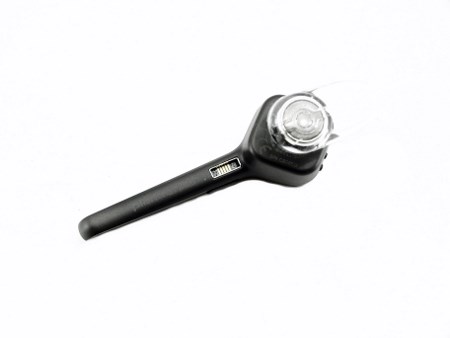
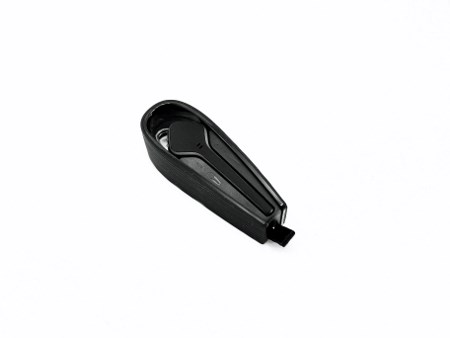
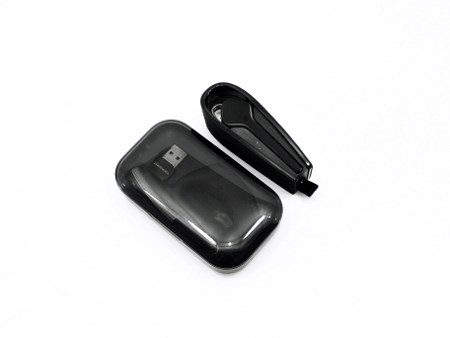





.png)

